EE-11 URUTU - a Brazilian amphibious armored personnel carrier (3D SCALE MODELS – 1/72) (UNDER CONSTRUCTION)
This article is part of a series:
- HISTORY
The EE-11 Urutu is a brazilian amphibious armored personnel carrier. It was based on the drive train and chassis components of the EE-9 Cascavel armored car and initially emerged as part of a project to develop an amphibious troop-carrying counterpart to that vehicle for the Brazilian Army and Marine Corps (CFN).
The Urutu was the first fully amphibious armored vehicle developed in Brazil; it can propel itself through water at speeds of 8 km/h via twin propellers. The basic layout of all Urutu variants is the same: the driving compartment is located to the front left of the hull, with the engine compartment to the front right and the troop compartment to the immediate rear. The driver is provided with a hatch and three driving periscopes in the sharply angled vehicle glacis. Passengers may debark from doors on either side of the hull or from the rear; they are also afforded four emergency hatches in the hull roof. The troop compartment is fitted with vision blocks and firing ports as standard to allow passengers situational awareness while embarked. An Urutu's hull is composed of two distinct layers of welded ballistic steel able to resist point-blank small arms fire, including 7.62×39mm armor-piercing ammunition.
The Urutu was fitted with a 12.7mm Browning M2 heavy machine gun as standard. The machine gun is operated by a gunner seated directly behind the driver in the left of the hull. In all late production models, the gunner's station is also provided with day/night sights with five power magnification and a stadiametric rangefinder. Some of the more common Urutu variants replaced the Browning heavy machine gun with a single turret or pintle-mounted 7.62mm general-purpose machine gun. Depending on the size of the turret ring, it was also possible to fit heavier turrets carrying gun-mortars or low-pressure cannon for direct fire support. Transmission consists of an Allison MT-643 automatic gearbox with five forward and one reverse gear ratios. Early Brazilian Army Urutus used either a Clark manually operated gearbox with the same gear pattern or a manual Mercedes-Benz 63/40 gearbox. The Urutu has an independent double wishbone suspension for its front wheels, but the rear two axles are fitted with a unique boomerang type walking beam suspension with semi-elliptical springs.
- REAL WORLD PERFORMANCE
Engesa's amphibian is a war veteran. He was with Iraqi forces in the eight-year conflict with Iran, and once again with Saddam Hussein's troops in the invasion of Kuwait. In the Libyan rebellion in 2011, and again in 2018, in the repression of armed demonstrations by radical Islamist groups opposed to the provisional government of Tripoli. On the american continent, it is used by the Colombian Army to fight the two fronts of the Revolutionary Armed Forces of Colombia (FARC) that did not adhere to the 2016 peace agreement and the National Liberation Army (ELN) – the movement that rejects the pact.
Operating in training and order missions in the Armored Infantry Battalions (BIB), Mechanized Cavalry Squadrons (EsqdCMec) and Mechanized Reconnaissance Squadrons (RCMec), the EE-11 Urutu were employed in real combat situations when displaced to operate in UN peacekeeping missions in Mozambique and Angola in the 1990s.
The Engesa EE-11 Urutu had outstanding performance during the 13 years in which the Brazilian armed forces were committed to the service of the UN in the MINUSTAH mission in Haiti. At this time the use of the vehicle in an urban combat scenario disescorted the need to apply some adaptations and improvements, including the inclusion of an armored tower for the machine gun operator and driver and the adoption of a hydraulic system of front blade type buldozer.
- THE KIT
The kit is made of resin, in a 3D printer, by a small Brazilian company called 3D Scale Models, consisting of about 25 pieces. The investment in the purchase of the kit was R$ 120.00, approximately US$ 28.00. In the painting will be used primer and automotive paints and washes, manufactured by a Brazilian company (TOM COLORS), as well as pigments and oil paints from different manufacturers (MIG and AK).
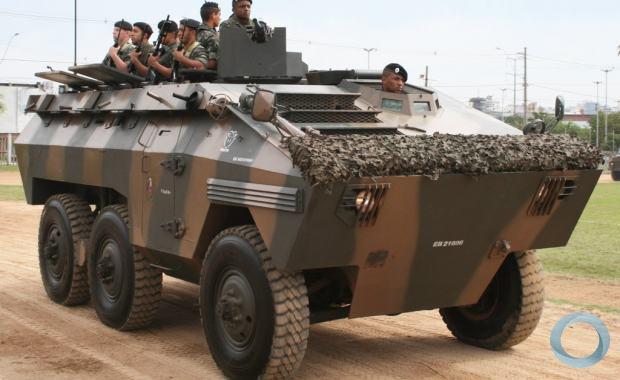
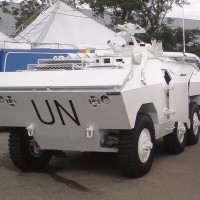
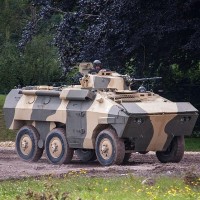
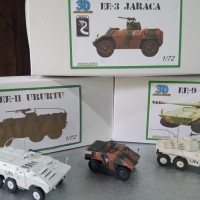
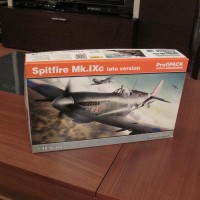
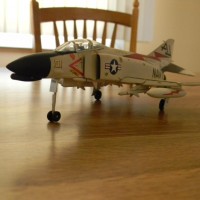
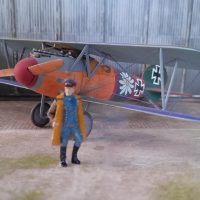
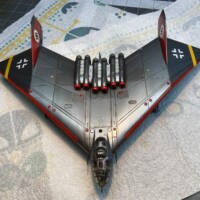
A great subject, Sandre!
Looking forward to it!
Good to hear that Brazilian manufacturers are doing this. Do you know if they are also doing the Sucuri and Cascavel?
hi marcelo , cascavel is in full production , sucuri maybe in the future, our next project will be ENGESA MBT Osorio in s1.72 scale
Love to see one of these build, Sandre @lima
hi, i hope you liked... im a not great builder kkkk... but i am evolving, i think kkk
ENGESA EE 11- URUTU 1:72 scale, this version, Brazilian army used in MINUSTAH, ONU mission of peacemakers in HAITI. and sorry for my poor english.
3 attached images. Click to enlarge.
Looks good to me